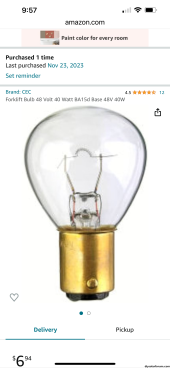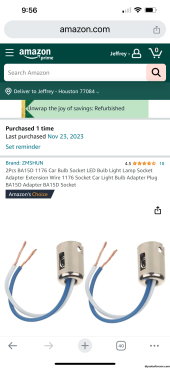shopman
Solar Enthusiast
More than one person has had an issue with these inverters, when hooked up in parallel, shorting out the battery input terminals. The easiest way to check this without destroying any more equipment is to disconnect everything(all wiring INCLUDING THE BATTERIES) from the inverter and then use the "ohms or continuity" function on your meter to check for a short across the battery input terminals of the inverter. You'll want to do this check by applying the meter leads in both directions(positive to positive, negative to negative first then swap the meter leads and go positive to negative, negative to positive). If you read a dead short in both directions then I'd say the inverter is fried. If what I've described isn't easily understood then I highly recommend bringing in a professional to diagnose your issue. Also, using pvc sprinkler pipe as conduit is a bad idea. The sprinkler fittings are not the same as the conduit fittings in that they have rough/sharp internal edges that will easily strip the sheath on the wire as it's pulled through the fittings. It's a great way to introduce an invisible short.





